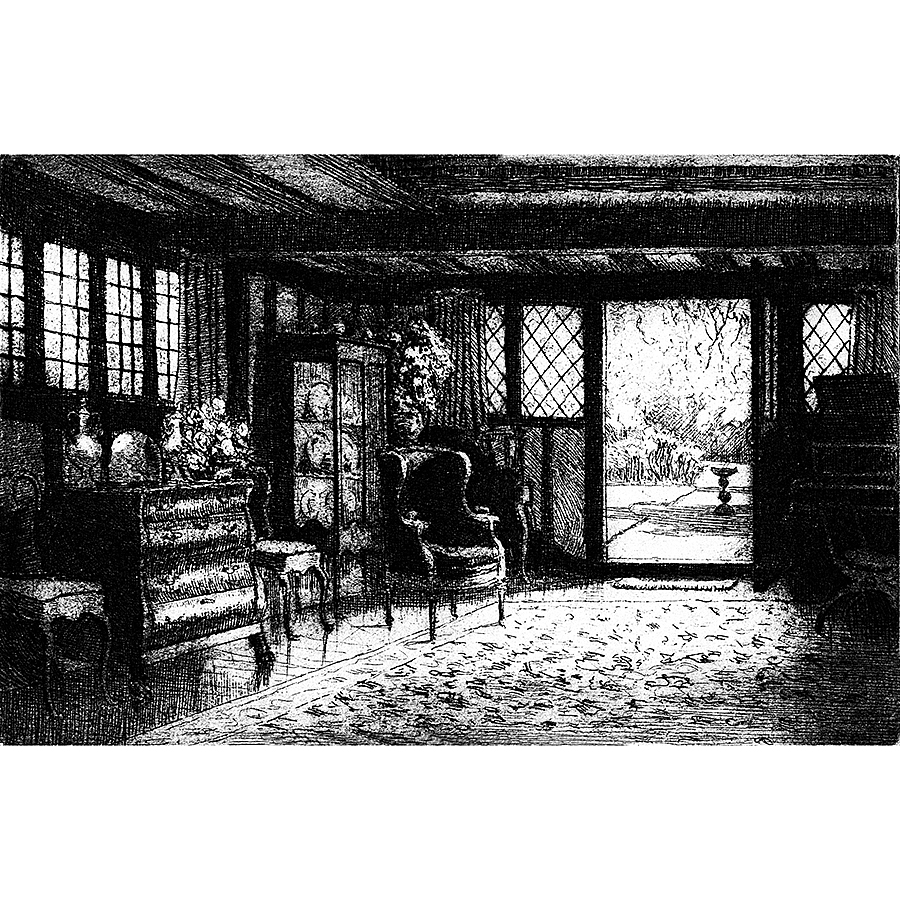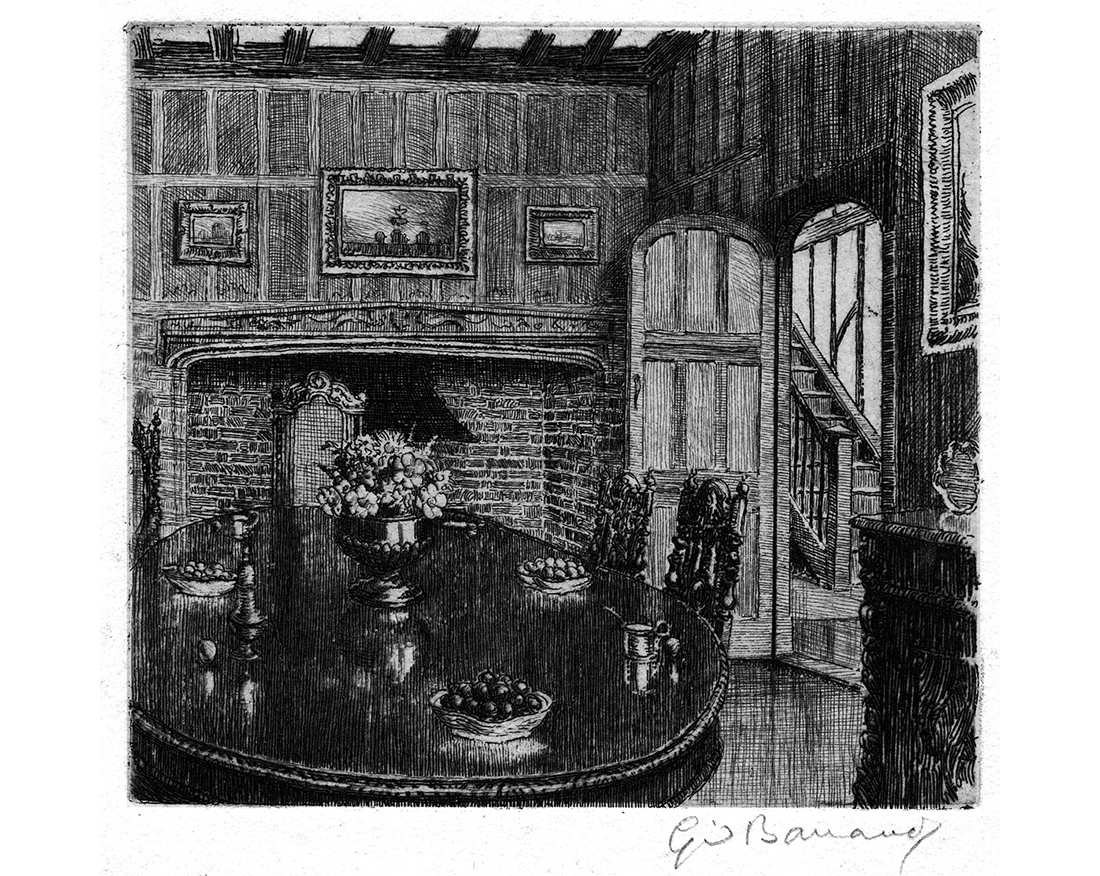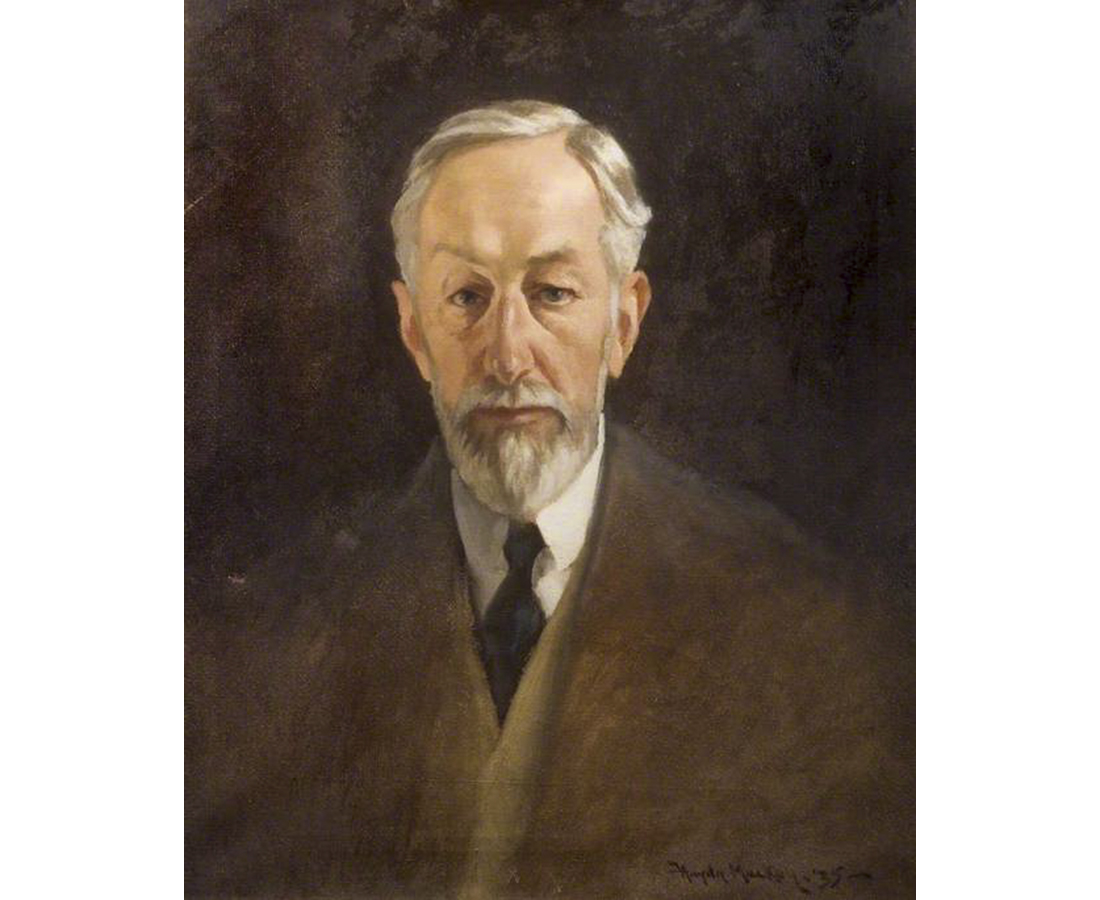JOSEPH BUXTON

The Buxton family is linked with Coggeshall and the Paycockes by marriage, the wool trade and above all, by the ownership of Paycocke House. Emma Paycocke, a niece of Thomas who was the first owner of the house, married Robert Buxton. It is not known where Robert came from, but in the “History of the Buxtons of Coggeshall and Essex”, written in the 19th century by a family member, it is believed that the family may have come from Sudbury, just over the border in Suffolk.
The family history also says that, although parish records show that Buxtons were living in Coggeshall from 1561, it is likely that they did not engage in the wool trade until the last decade or so of the 16th century, and certainly by 1625 the Buxtons are recorded as clothiers.

The family bought Paycocke House shortly after the death in 1584 of John Paycocke, the last male of the Paycocke line, and members of the Buxton family were destined to live at the house and to pursue their occupation as clothiers for the next two hundred years. It is interesting that each generation until that of Isaac Buxton, who was born in 1672 and the fourth generation to live in Paycocke House, had only one male member who survived to adulthood to carry on the family business.
The Drawing Room at Paycockes in the 1950s
by Cyril Barraud
Thomas (born 1643) lived through the Commonwealth and the turbulent times that followed, and embraced the Non-Conformist movement that was sweeping through the religious life of the country, coming near to being imprisoned for his views. Despite this the family continued to prosper, and three generations, Thomas and his wife, son Isaac, his wife, six sons and three daughters all lived together in the house in West Street.
Isaac and his wife were strong supporters of the Congregational Church and Isaac was one of the leaders in acquiring the site in Stoneham Street for the new church and financed the building of it along with several other influential and wealthy Coggeshall inhabitants of the same religious persuasion.

Five of Isaac’s sons survived to adulthood and Thomas and John entered the family wool business, while Isaac junior became a grocer and the fourth son, Charles, became an oil merchant in London. Isaac died in 1732 and left Paycocke House to the fifth son, Samuel, who was to die at the early age of 25.
Soon after the death of their father, Thomas and John left the wool trade, Isaac ceased to be a grocer and all three continued to live in Coggeshall on the fortunes that they had inherited.
The dining room at Paycocke’s in the 1950s
by Cyril Barraud
Gradually the children and grandchildren moved away from the town, and by 1777 no one of the name of Buxton was left in Coggeshall, although Anna Unwin, neé Buxton, the daughter of Thomas, lived in the town until her death in 1798.Charles moved to London where he became a wealthy merchant. Samuel, who was unmarried and had inherited Paycocke House, died of smallpox in 1737 and bequeathed his fine house on West Street to his brother Charles.
In 1746 Charles Buxton sold the house to Robert Ludgater and thus ended the Buxton family connection with Paycocke House for the next 160 years.

About 1905 Lord Noel-Buxton, a lineal descendant, bought Paycocke House and provided the money for its restoration, but he did not live in the house but looked on it merely as a convenient stopping place on the journey to London. In 1924 Paycocke House was given by the Buxtons to the National Trust, thus preserving it for future generations and ending, save for the Buxton coat-of-arms set into the window, the connection with Paycockes.
The Right Honourable Lord Noel Buxton
by Haydn Reynolds Mackey